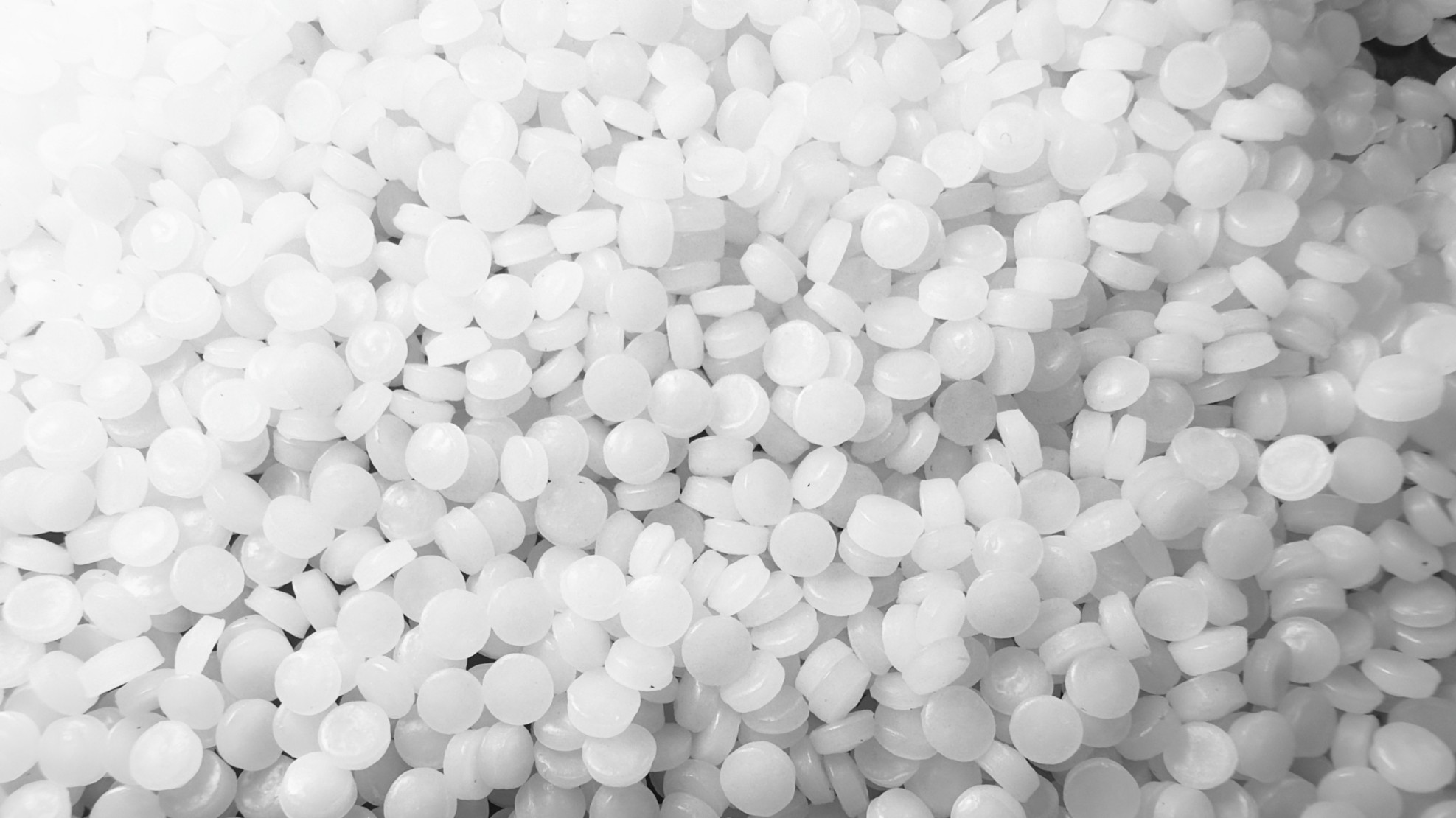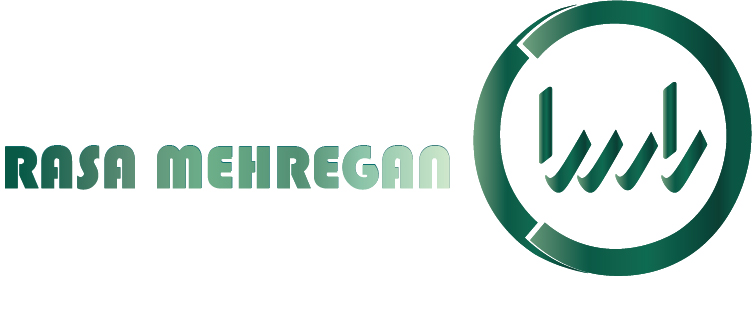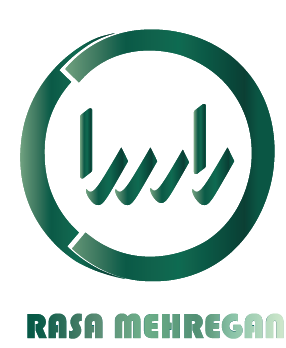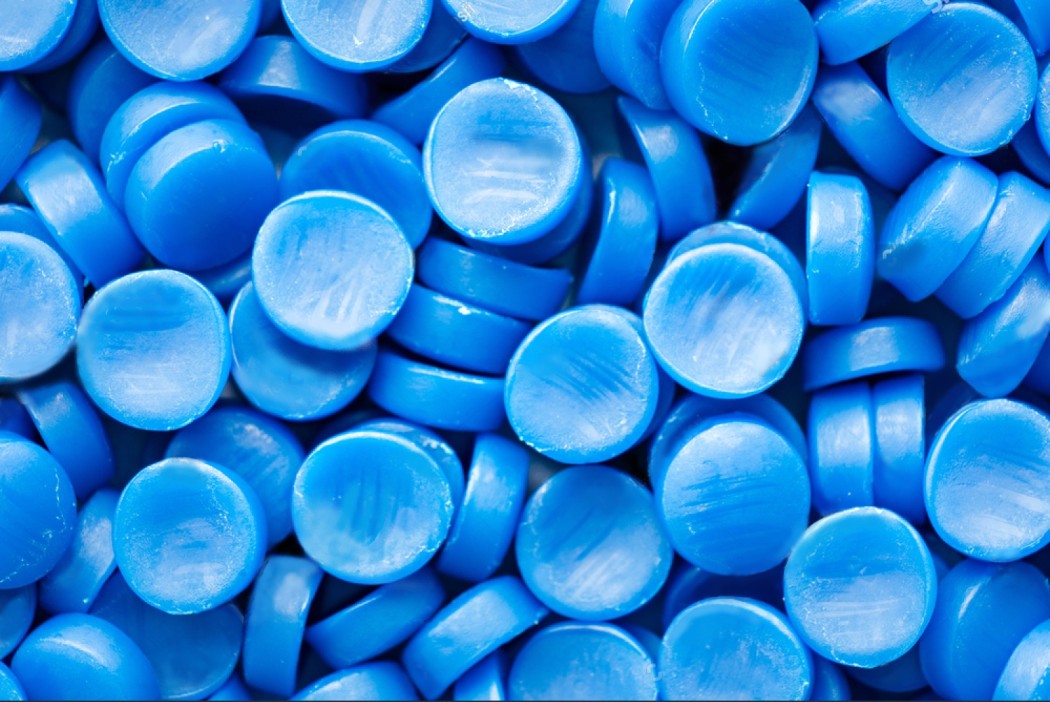LDPE and LLDPE are two types of polyethylene, which is a widely used plastic polymer. Here’s a brief overview of LDPE (Low-Density Polyethylene) and LLDPE (Linear Low-Density Polyethylene):

1. LDPE (Low-Density Polyethylene):
– LDPE is a thermoplastic made from the monomer ethylene.
– It has a low density and is relatively flexible, which gives it excellent impact resistance and toughness.
– LDPE is commonly used in applications that require flexibility and transparency, such as plastic bags, packaging films, squeeze bottles, and coatings.
– It has good chemical resistance and is resistant to moisture and most chemicals, but it has poor resistance to UV radiation and can degrade when exposed to sunlight.
– LDPE is recyclable, and recycling codes for LDPE products are usually marked with the number “4.”
2. LLDPE (Linear Low-Density Polyethylene):
– LLDPE is also a thermoplastic made from the monomer ethylene, but it has a linear structure with short branches.
– It has a higher tensile strength and puncture resistance compared to LDPE.
– LLDPE exhibits improved mechanical properties, including higher tensile strength, impact strength, and elongation at break, compared to LDPE.
– It is commonly used in applications that require high-strength flexible films, such as food packaging, agricultural films, stretch wraps, and geomembranes.
– LLDPE has better resistance to UV radiation compared to LDPE, making it suitable for outdoor applications.
– Like LDPE, LLDPE is also recyclable, and its recycling codes are marked with the number “4.”
Both LDPE and LLDPE offer advantages in terms of flexibility, impact resistance, and ease of processing. However, their specific properties make them suitable for different applications, and the choice between LDPE and LLDPE depends on the desired characteristics and requirements of the particular application.



